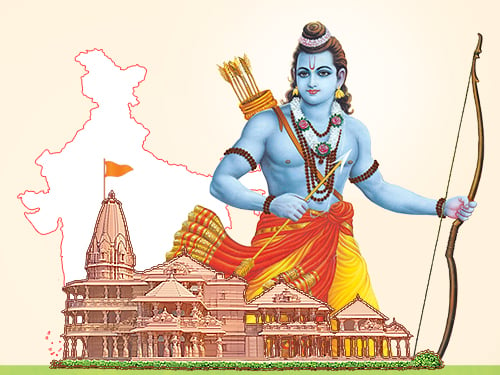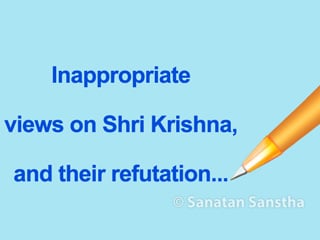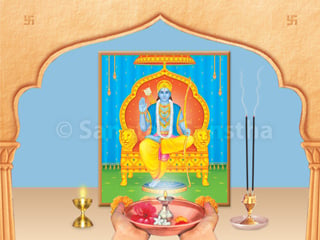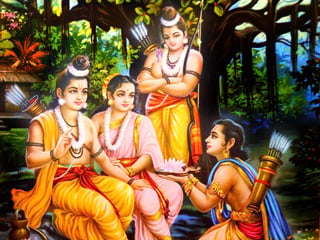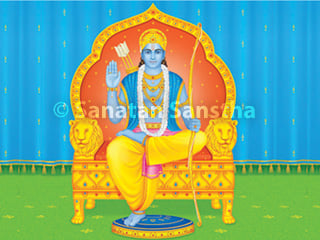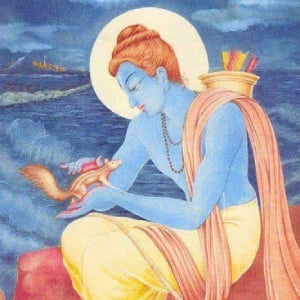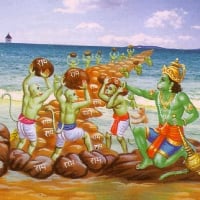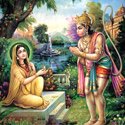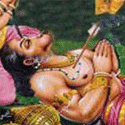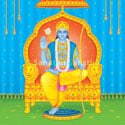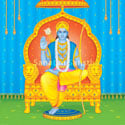The Ayodhya Ram Mandir is not just a temple, but a symbol of faith, unity, and cultural heritage. The construction of the temple is a landmark event in the history of India, signifying the triumph of truth, justice, and righteousness. The temple is a testimony to the enduring spirit of the Hindu community and their unwavering devotion to Prabhu Shriram. As Bharat prepares for the inauguration of the Ayodhya Ram Mandir on 22nd January 2024, the temple promises to be a place of spiritual and cultural awakening. It is a monument to Bharat’s rich cultural and religious heritage, and a testament to the enduring legacy of Prabhu Shriram. Come, participate in this Anandotsav and welcome Shriram into the Ram Mandir and into our hearts! And rest not, for now we have the Ram Mandir, and Ram Rajya awaits…
Participate in Anandotsav
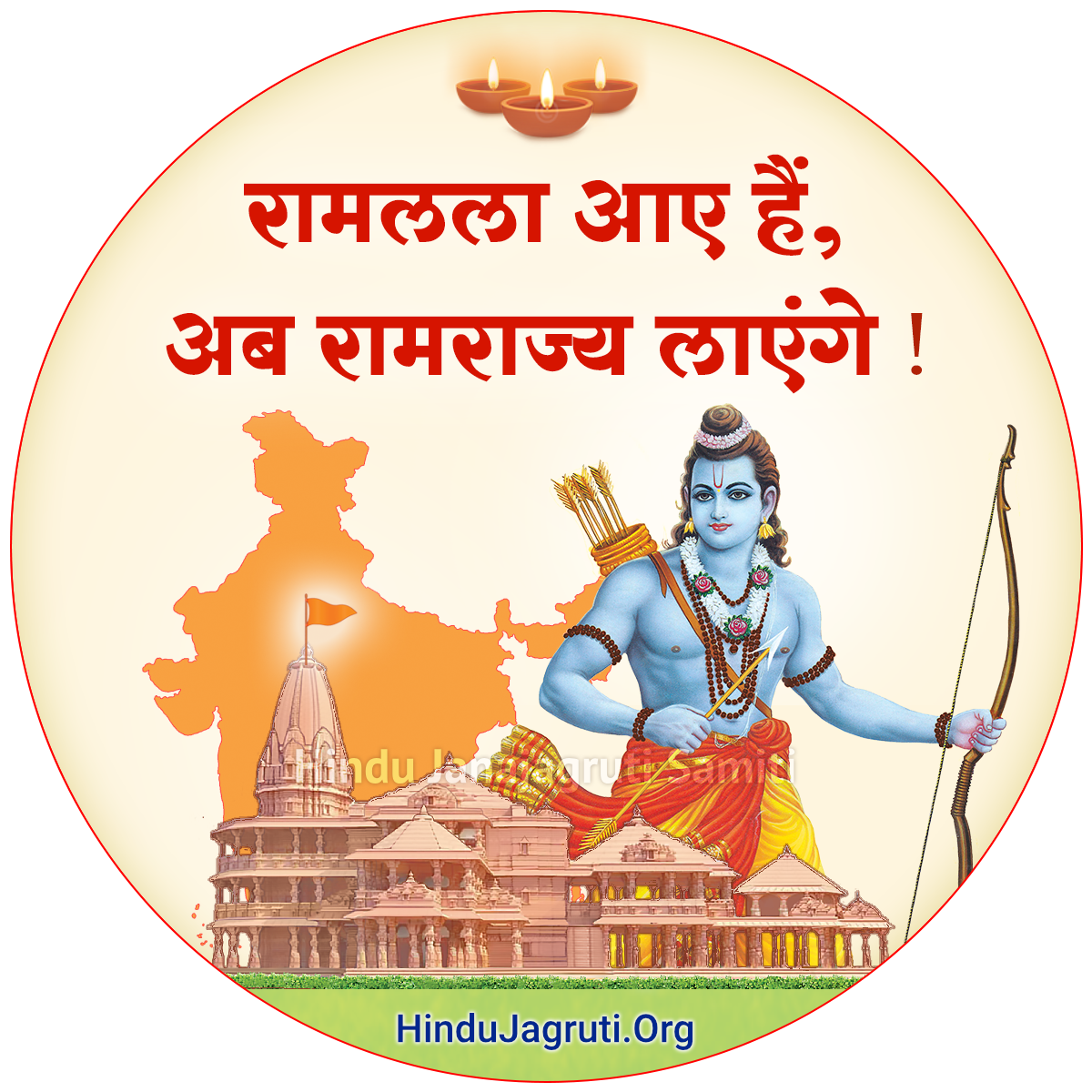
Put this on your Vehicle & DP
Celebrate Ayodhya Ram Mandir by sharing this image on Social Media and sticking it on your vehicles
Welcome Shriram with lamps aglow
Hoist the Bhagwa flag, let bhakti flow
Invoke Shriram through rangolis divine
Offer prayers for Ramrajya to shine
Listen to Shriram chant
This auspicious moment is the right time to pledge to…
Chant ‘Shriram Jai Ram Jai Jai Ram |’
Press for passage of Hindu welfare laws
Keep every temple neat and clean
Devote an hour daily to serve Dharma
Contribute for establishing Ram Rajya (Hindu Rashtra)…

Donate to organisations working to establish the Hindu Rashtra
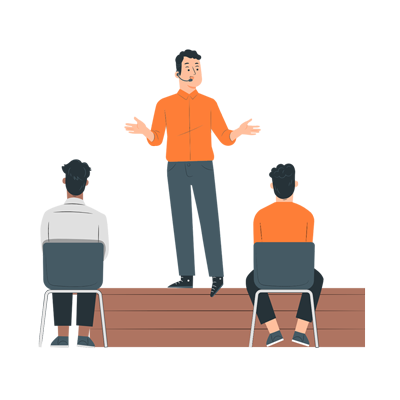
Organise lectures to educate my family and friends on Dharma
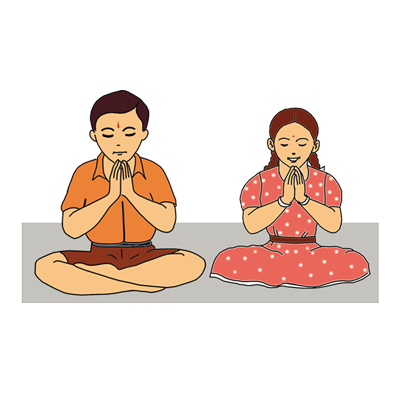
Organise Balsanskar varg to mould nationalist & Dharmik children
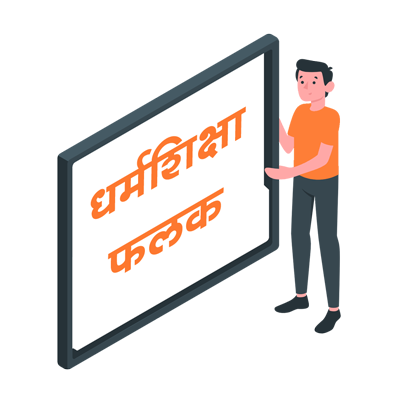
Organise exhibitions to awaken my fellow Hindus to their duty
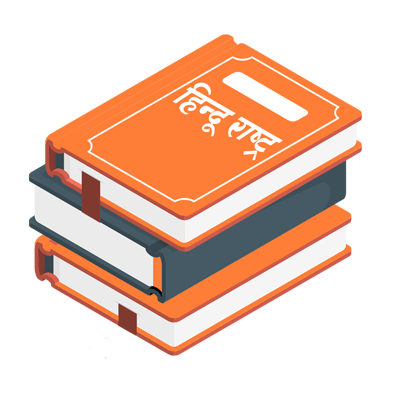
Sponsor & distribute books on topics of National & Dharmik importance
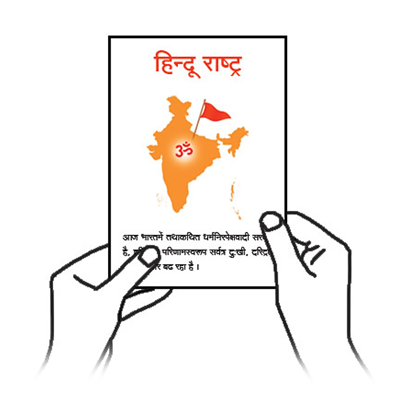
Sponsor & distribute pamphlets on topics of National & Dharmik importance
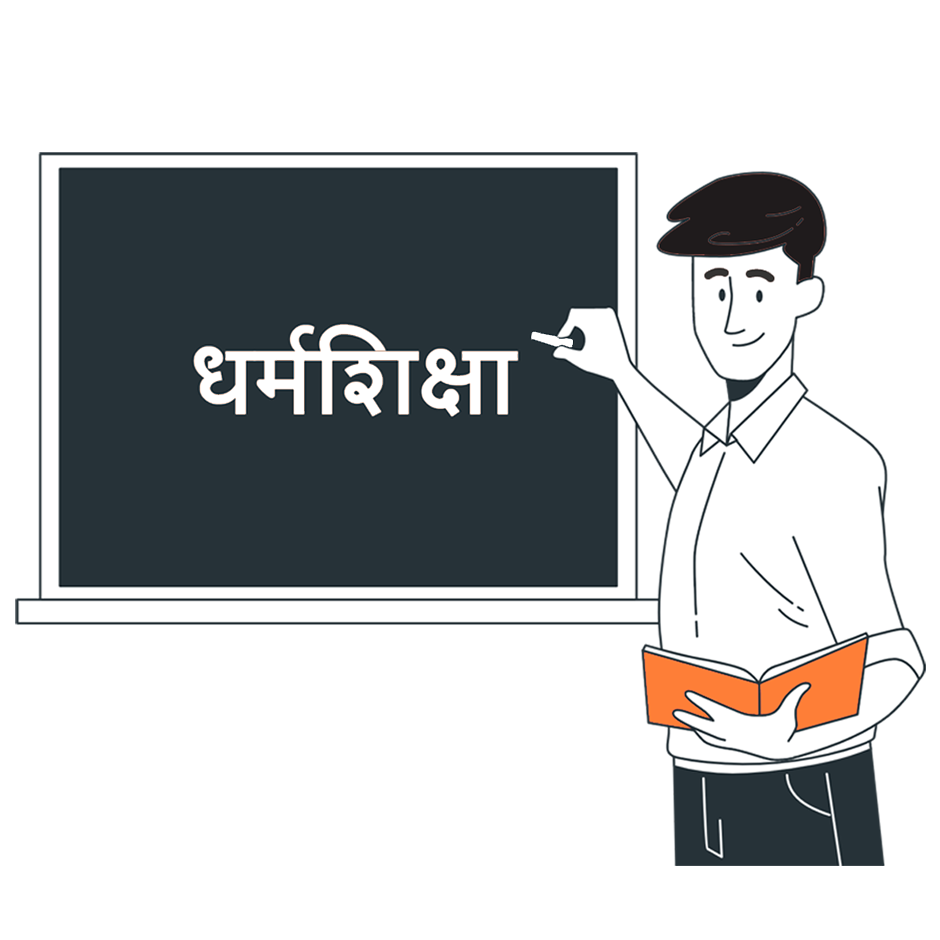
Set up and regularly update informative boards to create awareness

Utilise my social media group to share posts of National & Dharmik importance

Learn self defense to protect my family and community
Let’s build Ram Rajya in one self and be a ideal devotee of Shriram !
THE MISSION OF
HINDU RASHTRA
NEEDS YOU
THE MISSION OF
HINDU RASHTRA
NEEDS YOU
Shriram Returns
1528
The temple dedicated to Prabhu Shriram is believed to have been demolished during the reign of Mughal tyrant Babar
1853
The first recorded dispute arises when Hindus claim the site as the birthplace of Prabhu Shriram and attempt to build a chabootra (platform) for worship
1857
The colonial British administration puts a fence around the site, denominating separate areas of worship for Hindus and Muslims
1885
Mahant Raghubir Das files plea in Faizabad district court seeking permission to build a temple on Ram chabootra. Court rejects plea
1949
Idols of Prabhu Shriram appear inside the disputed structure in 1949. The government terms the premises a disputed area and locks the gates. Legal battle for the Ram Mandir intensifies
1950
Two suits are filed in Faizabad Court by Gopal Simla Viharad and Paramhansa Ramachandra Das, seeking permission to conduct Hindu pujas to Ram Lalla. The Court grants permission to conduct pujas. The Court orders the inner courtyard gates to remain locked
1959
Nirmohi Akhara file a third suit, seeking possession of the land
1961
UP Sunni Wakf Board files a suit seeking possession of Babri Masjid site. They also demand the removal of idols of Prabhu Shriram from Babri Masjid
1983
The Vishwa Hindu Parishad (VHP) starts Ram Janmbhoomi Movement for construction of temple at the disputed site in Ayodhya
1 February, 1986
A lawyer UC Pandey appeals before the Faizabad Session Court for the gates to be unlocked, on the grounds that the Faizabad district administration, and not a Court, had ordered its closure. District Judge orders the locks to be removed to allow Hindu “pooja and darshan”. Muslims constitute a Babri Mosque Action Committee (BMAC) in protest
1989
Retired High Court Judge Deoki Nandan Agarwal, then the vice president of VHP, files suit number five claiming ownership of the disputed land and seeks sanction to build a new building in place of the old structure in the name of Ramlalla Virajman
November, 1989
VHP carries out Shilanyas ceremony in Ayodhya and the first stone of the planned Ram Mandir is put in place
September, 1990
BJP leader LK Advani launches a Rath Yatra from Somnath (Gujarat) to Ayodhya (UP) to gather support for the Movement. Advani gets arrested in Bihar during the yatra
November, 1990
Karsevaks under VHP leaders clash with Uttar Pradesh police in Ayodhya, police uses force to control the crowd. Scores of karsevaks are killed
6 December, 1992
A watershed moment. Babri Masjid falls. Karsevaks construct a make-shift temple on the site
1994
The Supreme Court says in the historic Ismail Faruqui Judgment that mosque are not integral to Islam
April 2002
The Lucknow bench of the Allahabad High Court begins hearing Ayodhya title dispute. The court orders Archaeological Survey of India (ASI) to excavate the site to determine if a temple lay underneath the mosque
March – August 2003
ASI excavates the land underneath the disputed site and finds remnants of a 10th century Hindu temple
30 September, 2010
Allahabad High Court delivers its judgment, dividing the land between three parties: one third for the Sunni Wakf Board, one third for the Nirmohi Akhara and one third to Ramlalla Virajman
9 May, 2011
SC stays the verdict of the Allahabad High Court order splitting the disputed site in three parts and says that status quo will remain
6 August, 2019
A five-judge constitution bench headed by Chief Justice Ranjan Gogoi, and comprising Justices Sharad Arvind Bopde, Dhananjaya Yeshwant Chandrachud, Ashok Bhushan and Abdul Nazeer begins day-to-day hearing of the case
9 November, 2019
The centuries old dispute ends. The Constitution bench unanimously hands over disputed area to the Hindus and orders the government to set up a Temple Trust
5 February, 2020
The Union Cabinet approves the setting up of Shri Ram Janmbhoomi Teerth Kshetra trust to monitor the construction of the Ram Mandir at the site
5 August, 2020
Prime Minister Narendra Modi lays the foundation stone of the proposed Ram Mandir at Ayodhya

